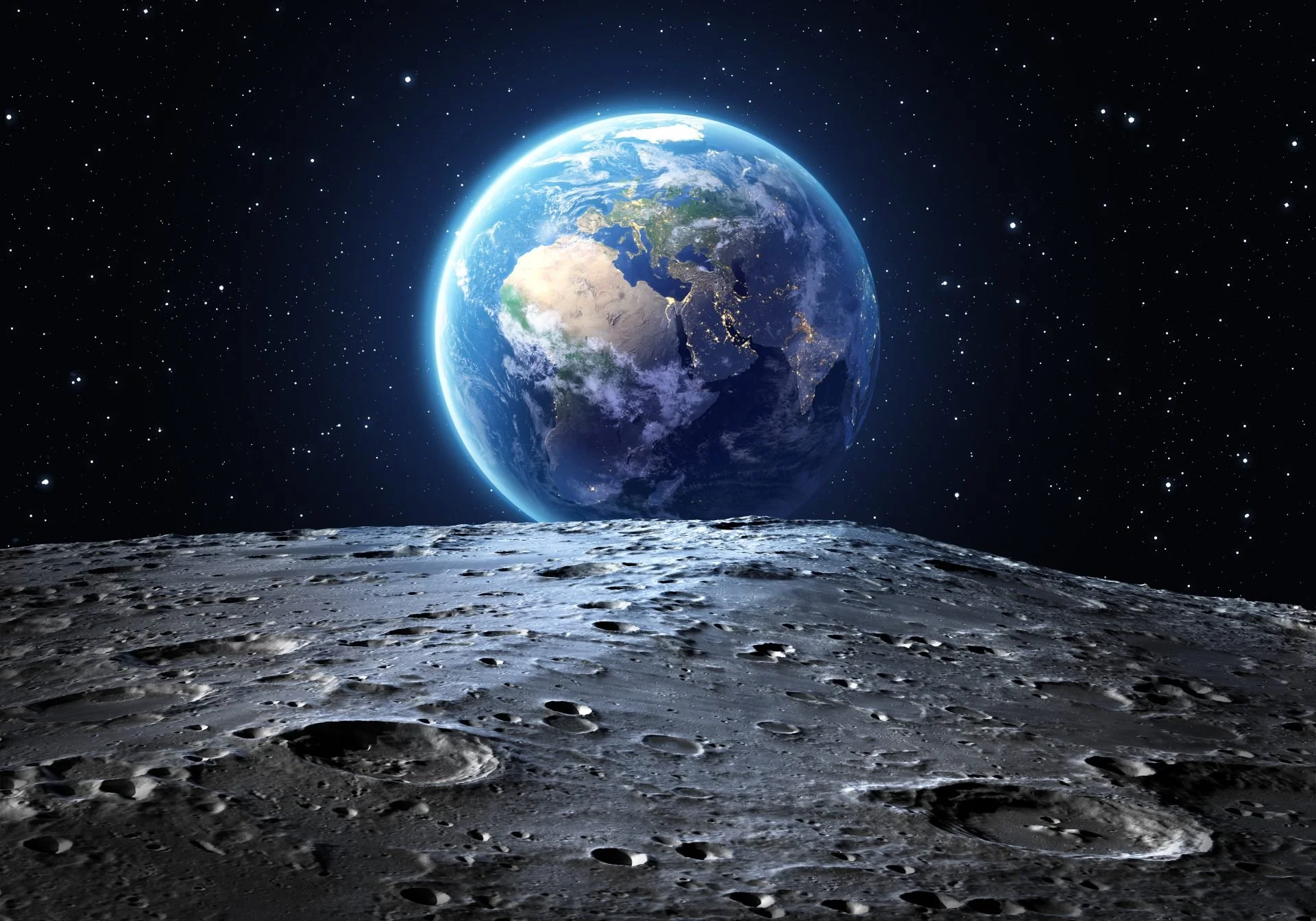The prevalent plan is to extract water from the fine dust deposits found in the moon’s north and south poles and separate it into hydrogen and oxygen. The hydrogen would be used as fuel to allow space travel beyond the moon, while the oxygen would be utilized to sustain life. At the moon’s north pole alone, an estimated 60 million tonnes of water is available for extraction. “If we convert all of that water into shuttle fuel, we could launch a shuttle per day for more than 2,000 years, just with the water that’s at the north pole,” said Dale Boucher, ISRU and Space Mining Consultant. “There’s a lot of water on the moon. It’s not as dry as we thought it would be.”
Sudbury researchers begin to tackle mining on the moon
Meanwhile, China has successfully landed a spacecraft on the far side of the moon, and samples brought back from its 2020 mission have revealed a new source of water that could be used in future explorations. “Water was embedded in tiny glass beads in the lunar dirt where meteorite impacts occur,” according to a recent Associated Press story. While mining these beads might be a challenge and their water content is minuscule, they do exist in vast numbers and could yield a substantial amount of H20.



